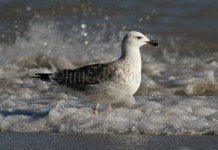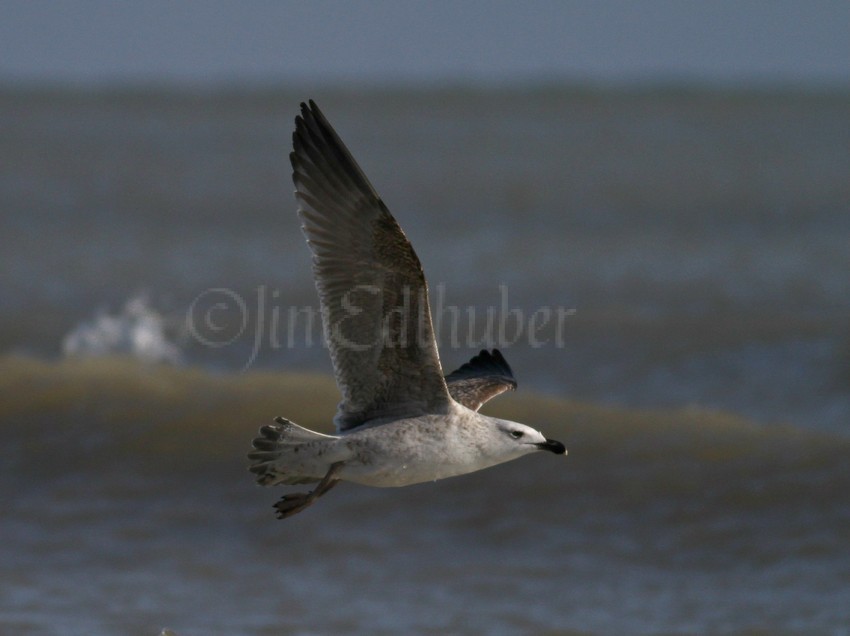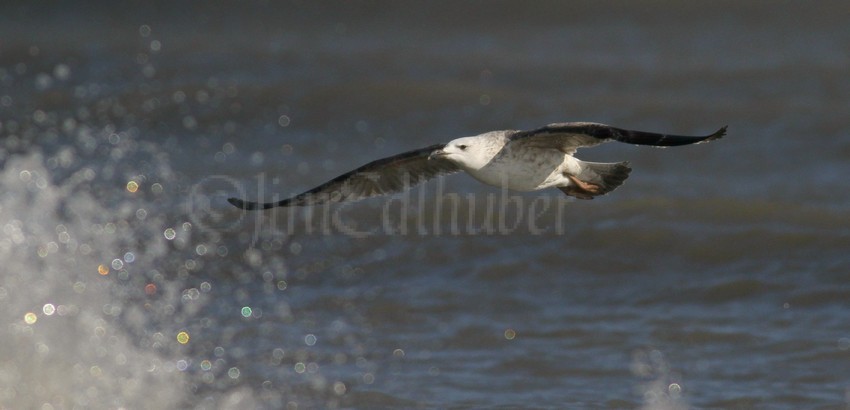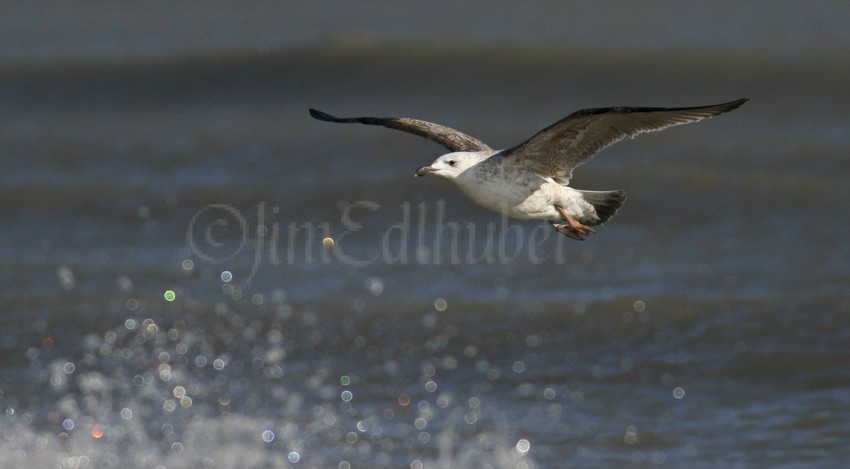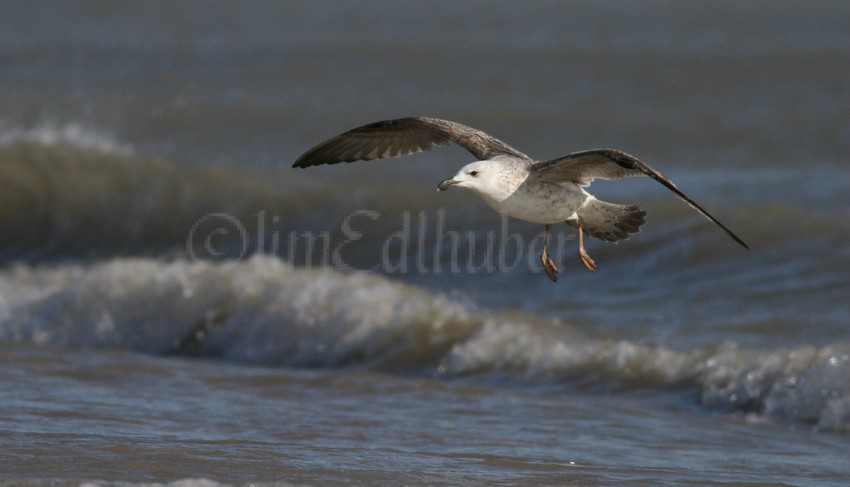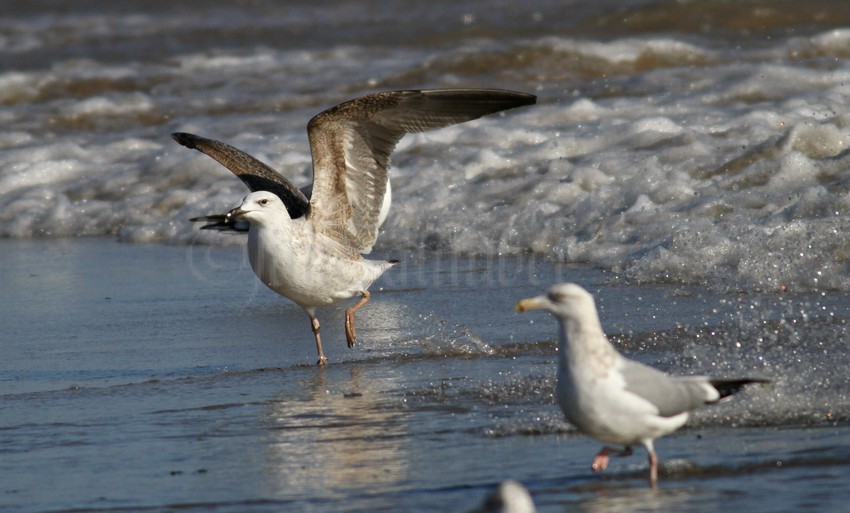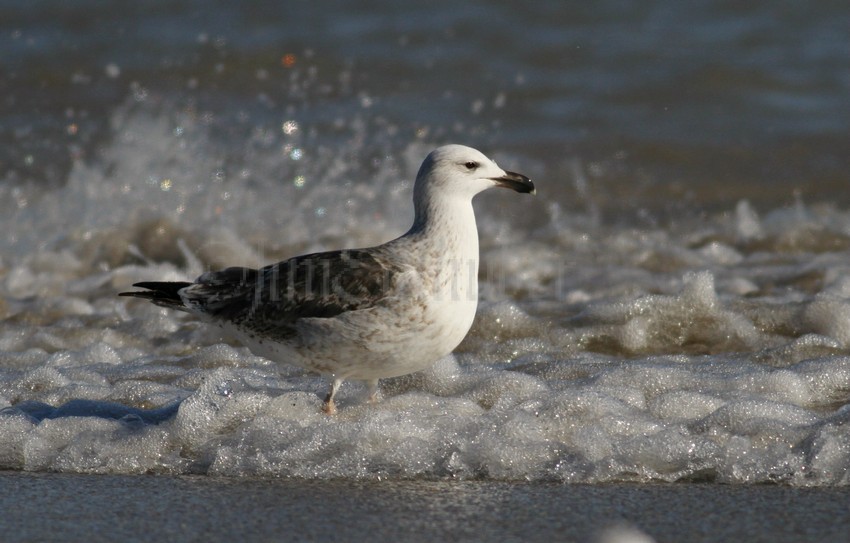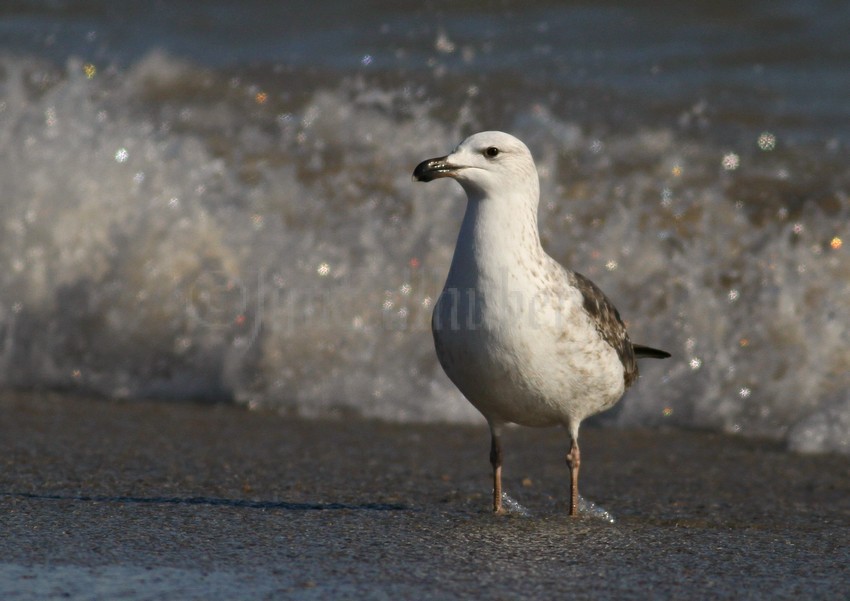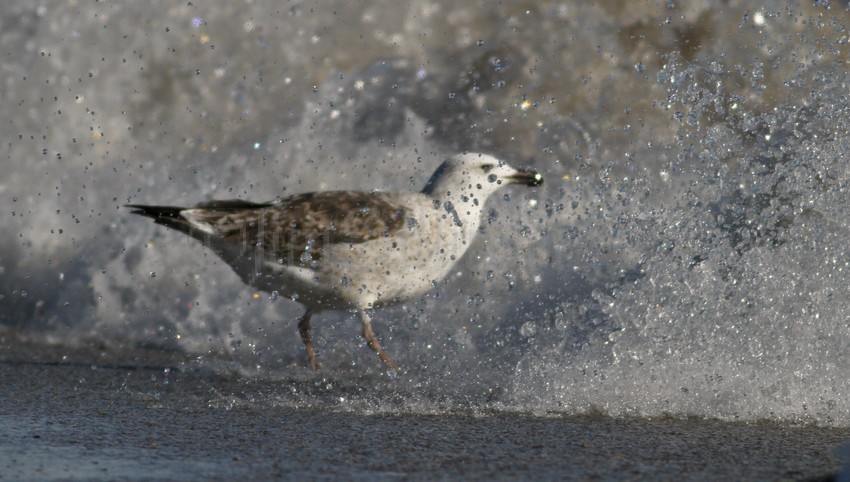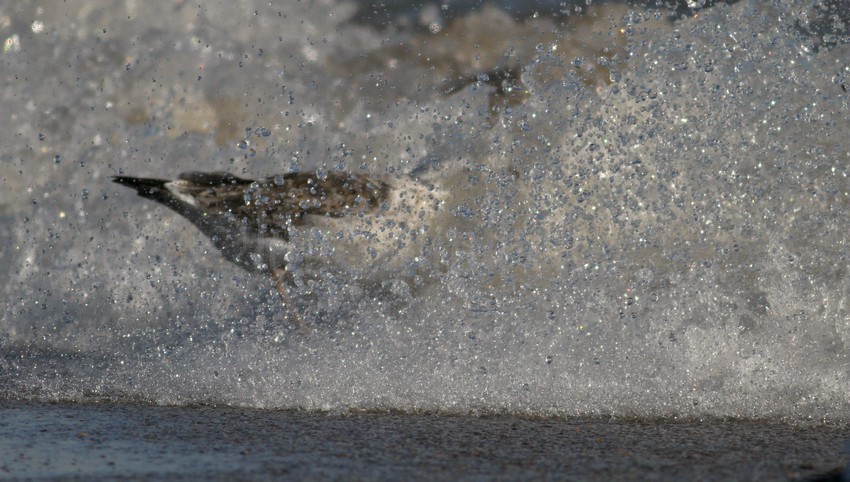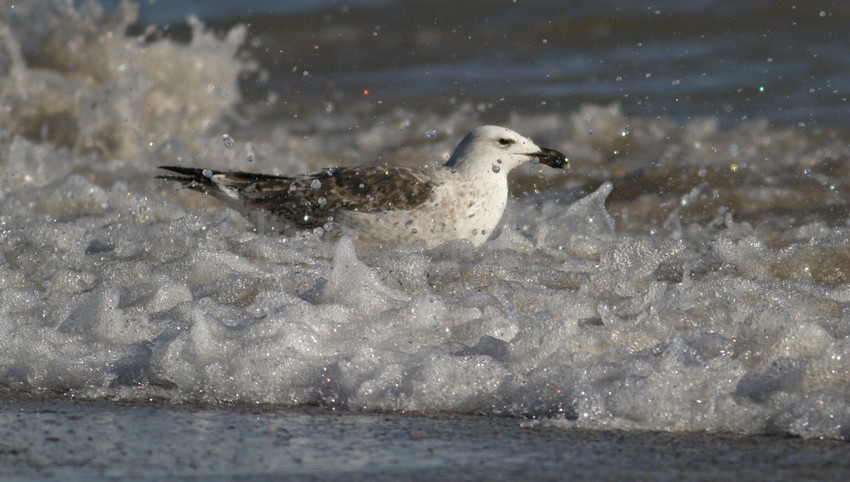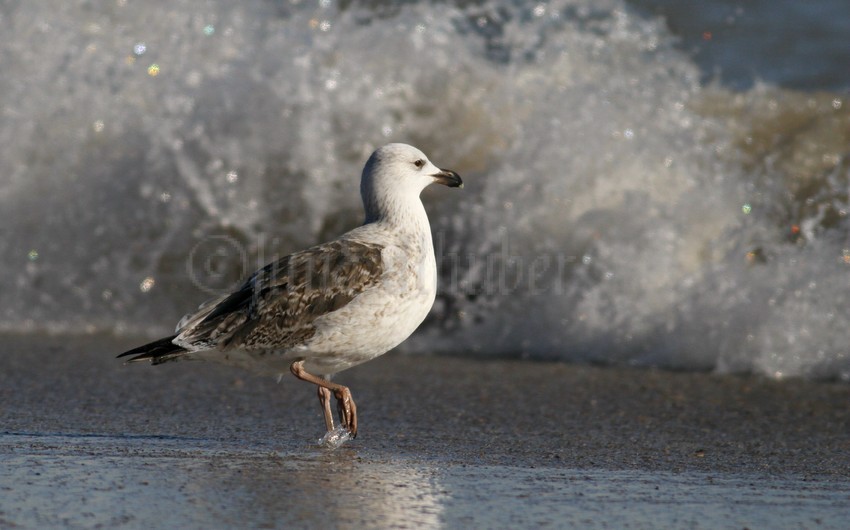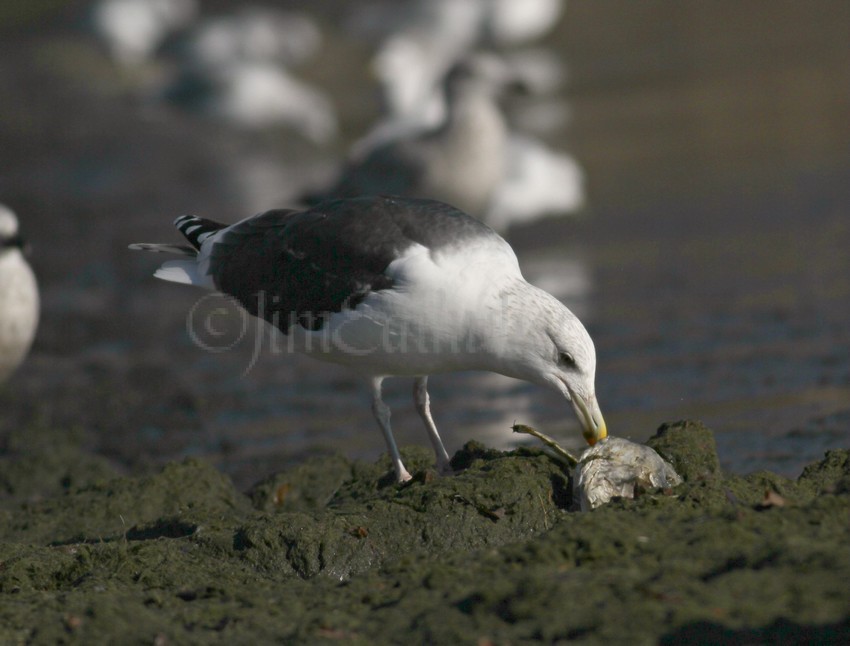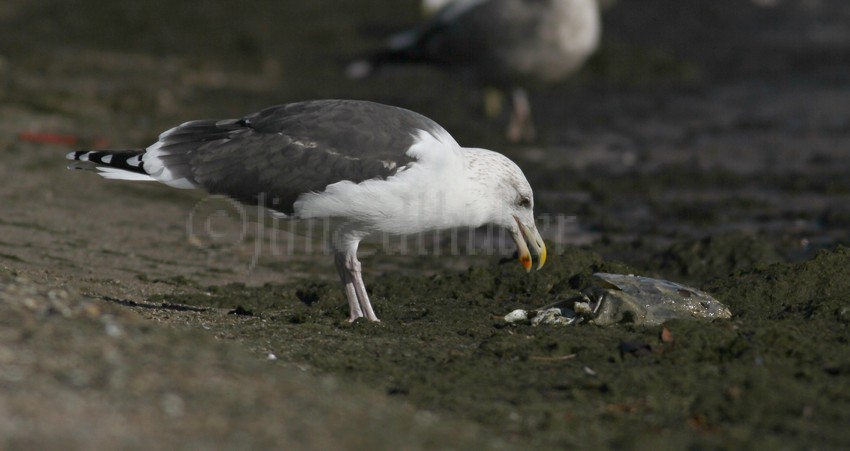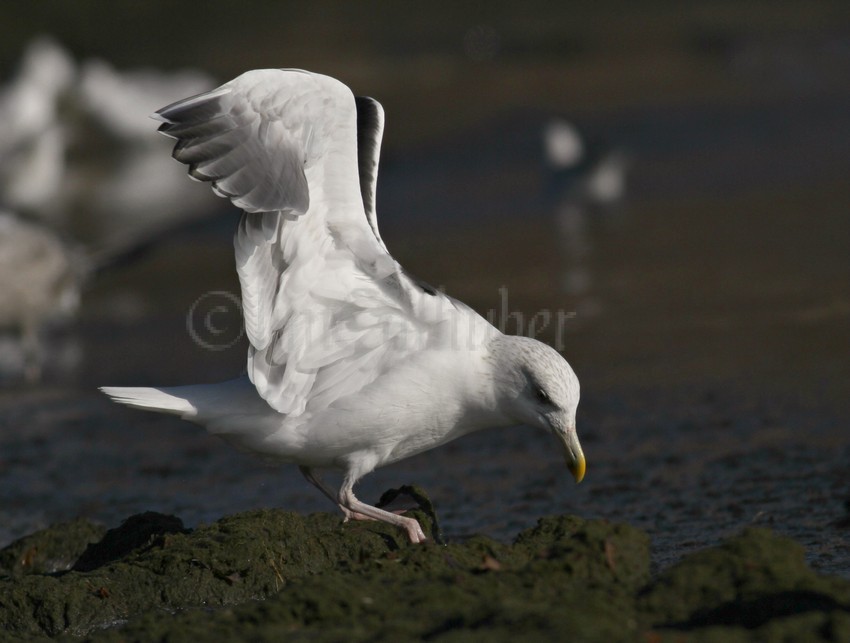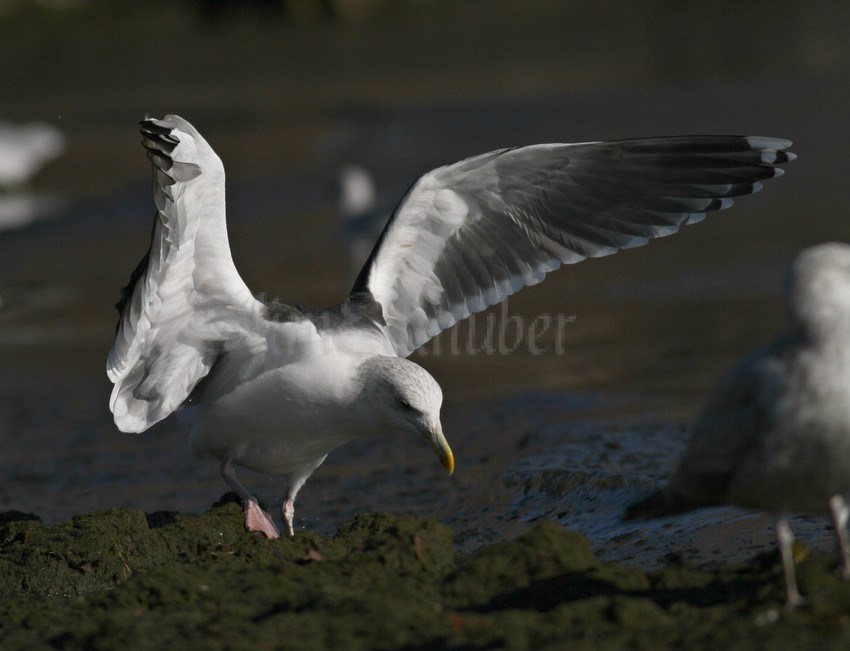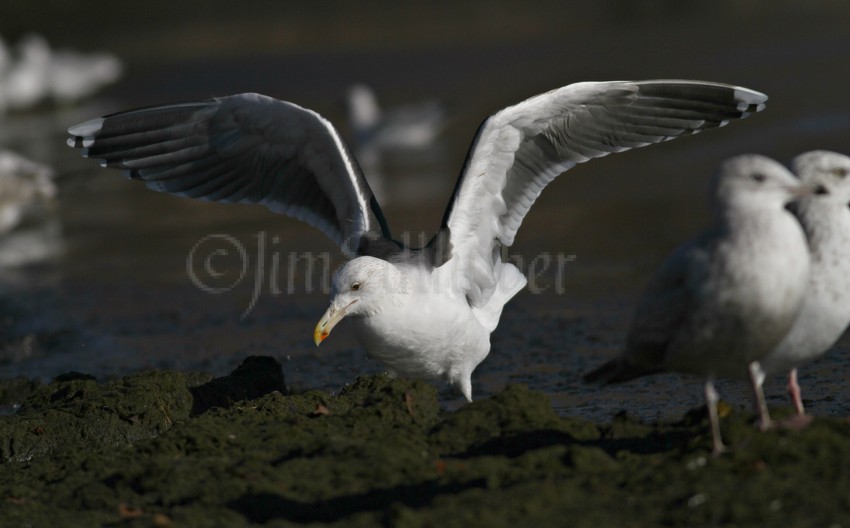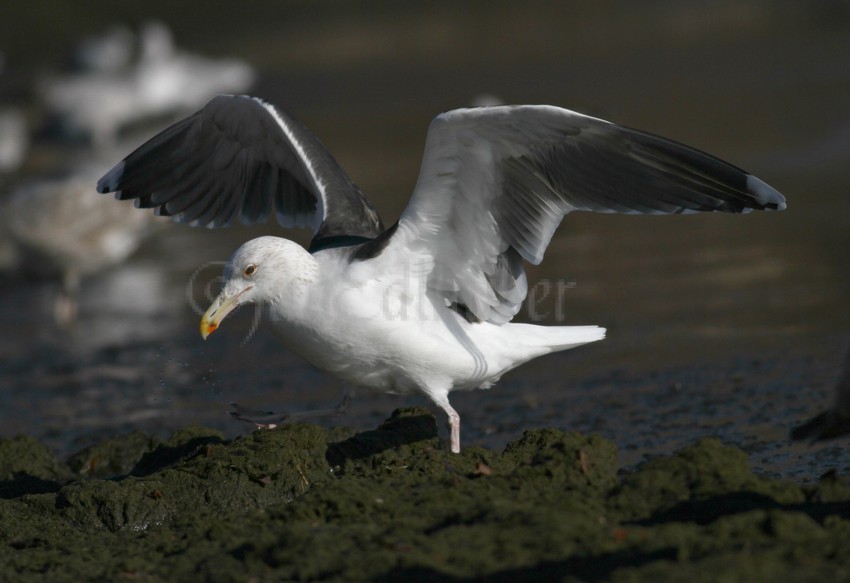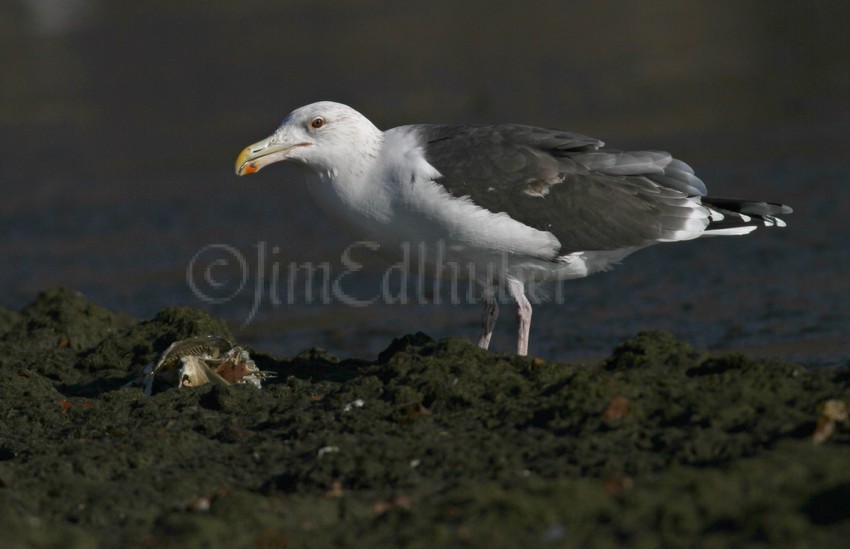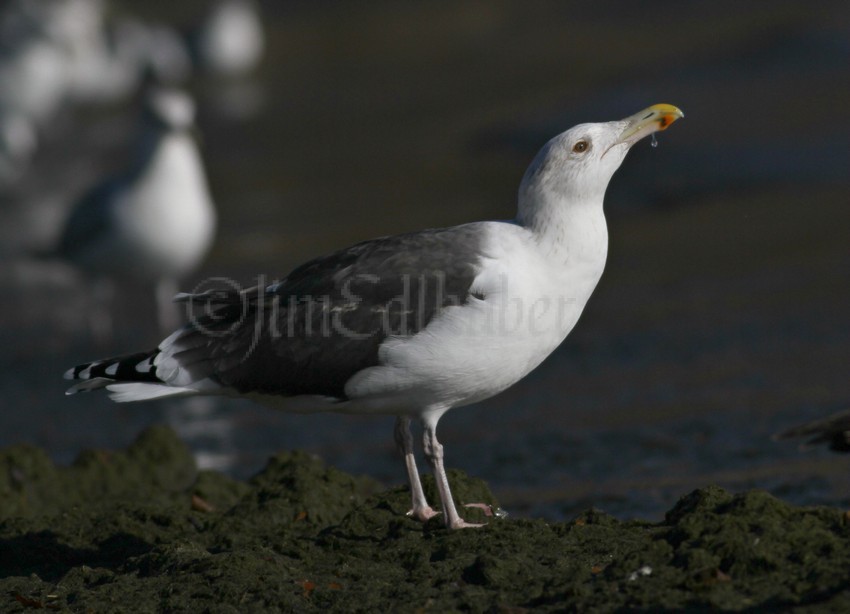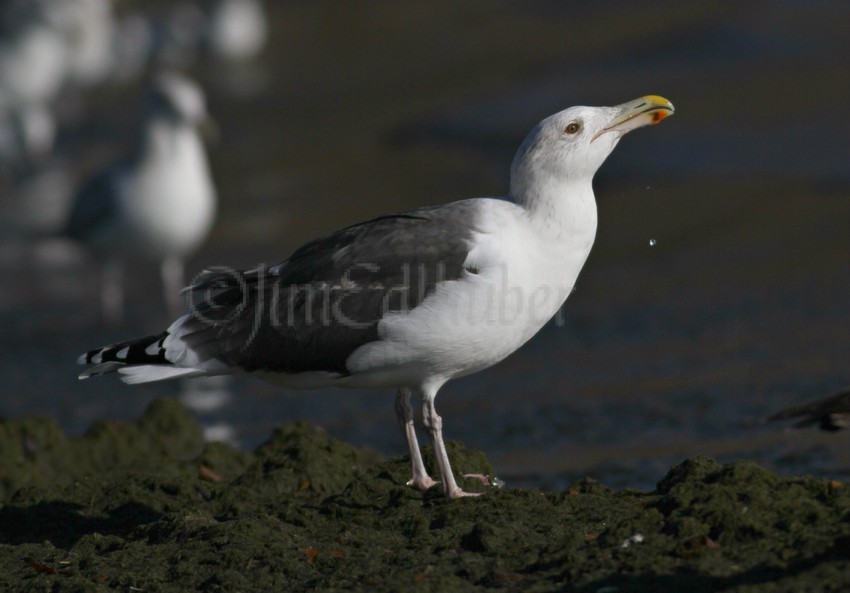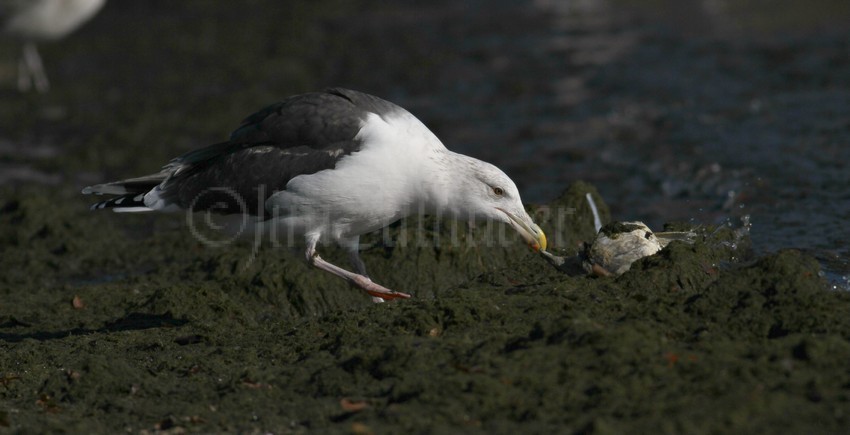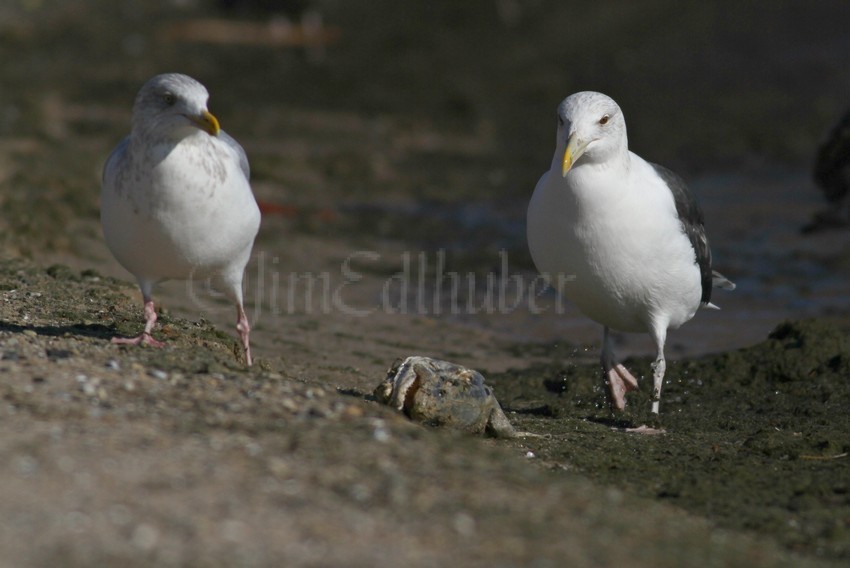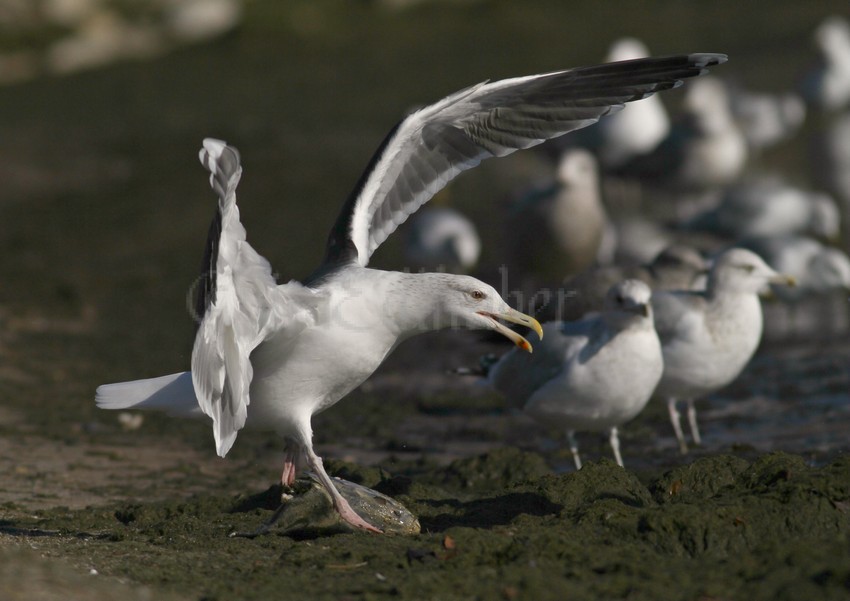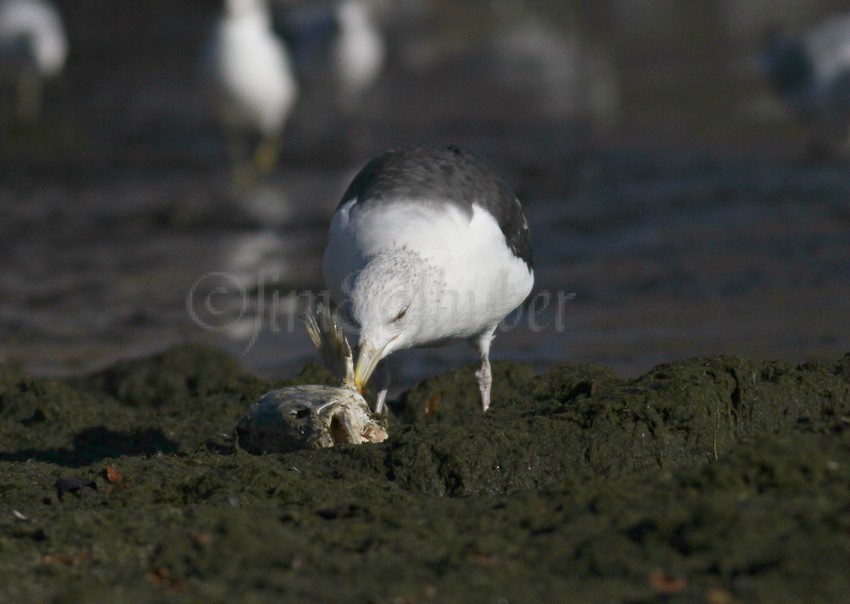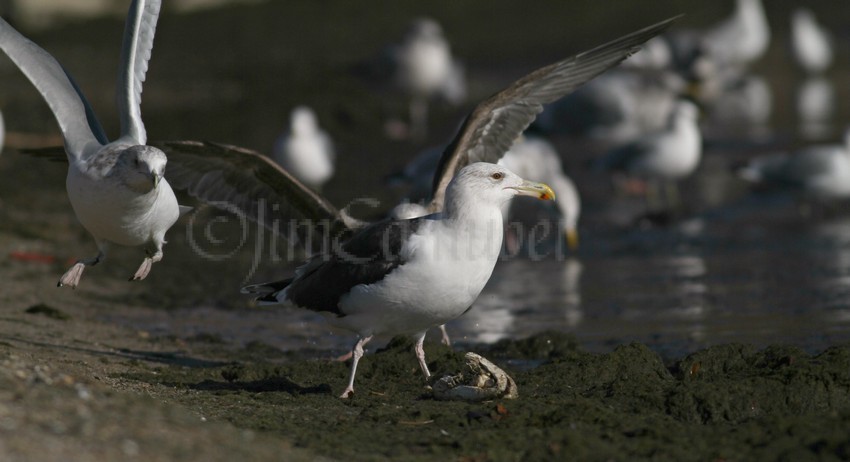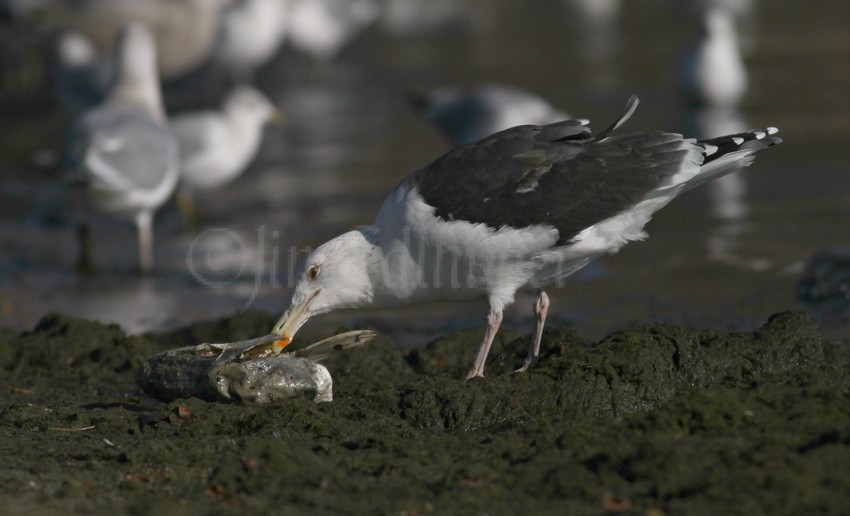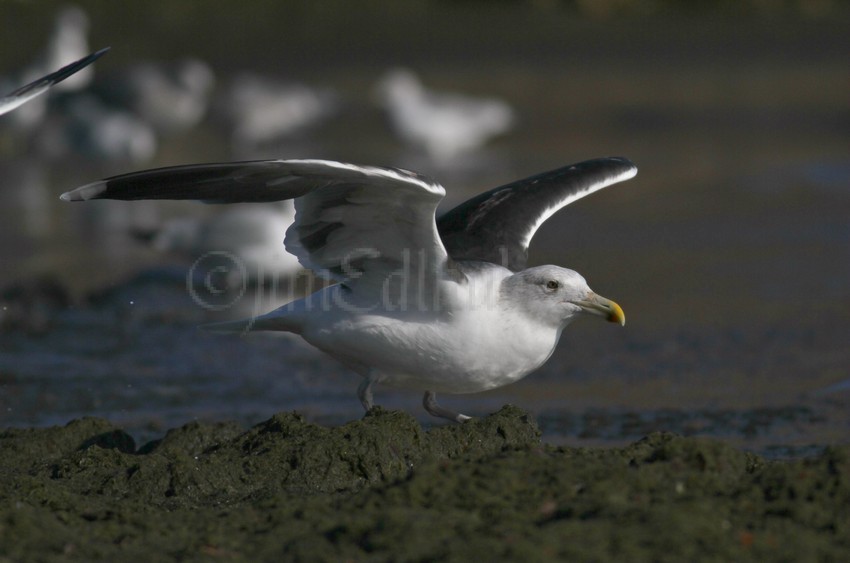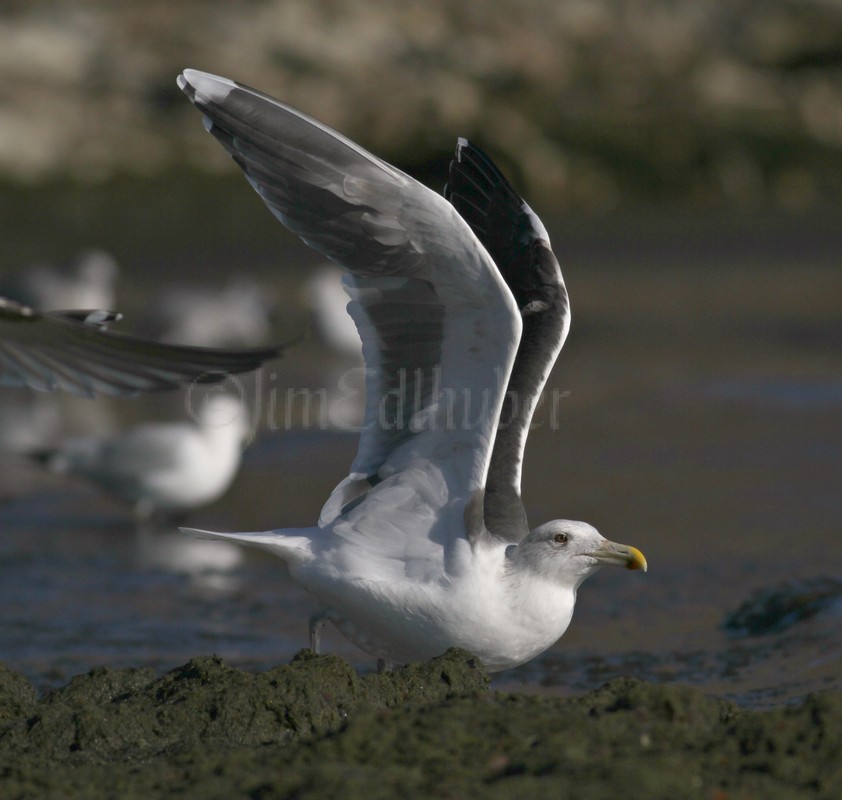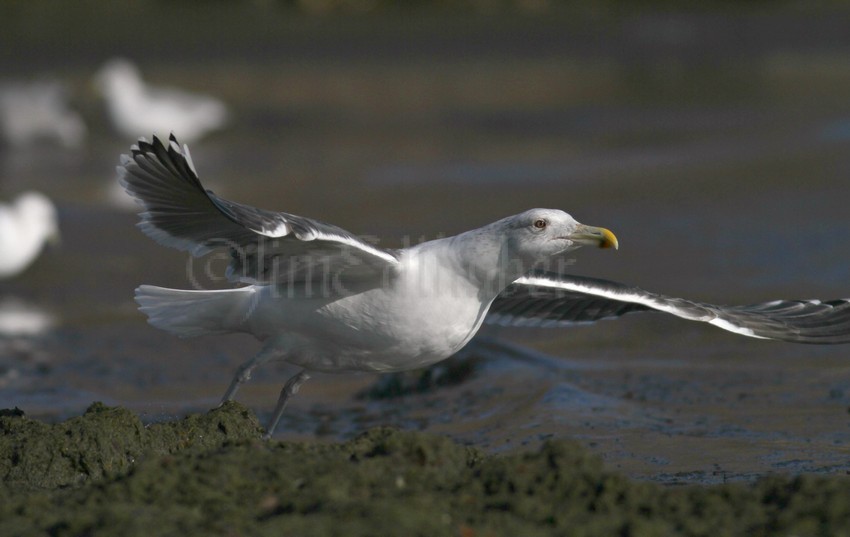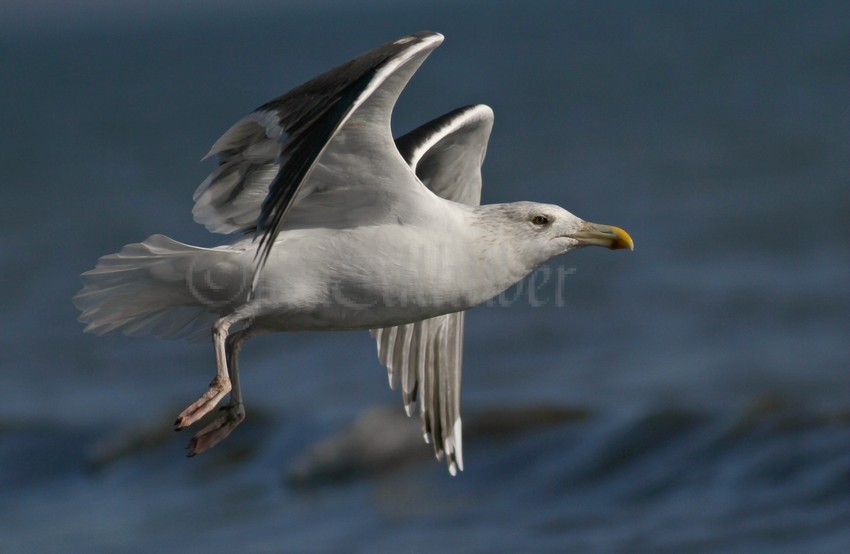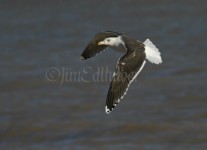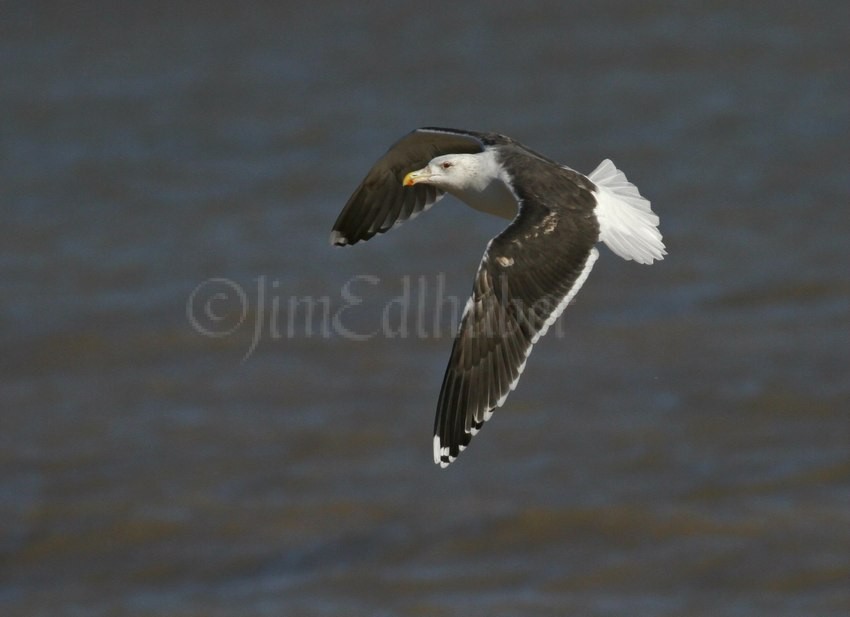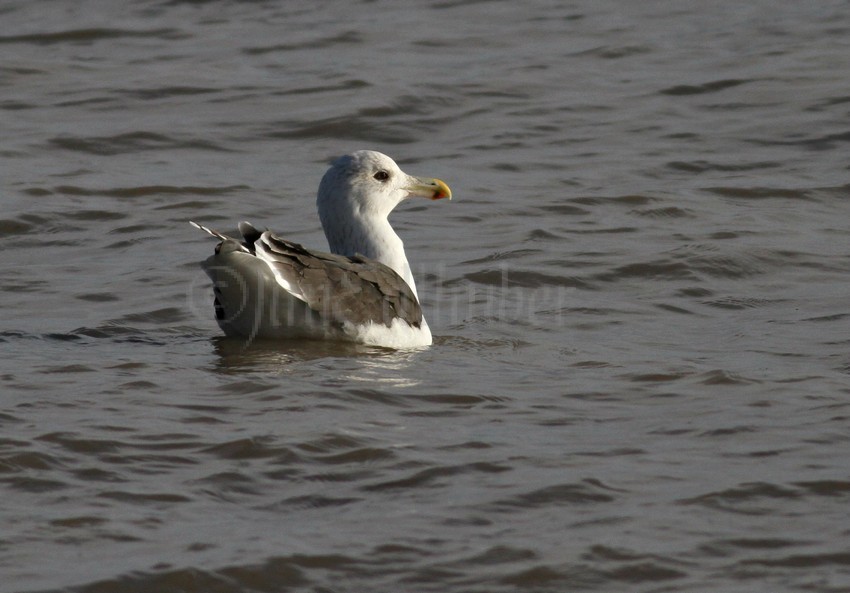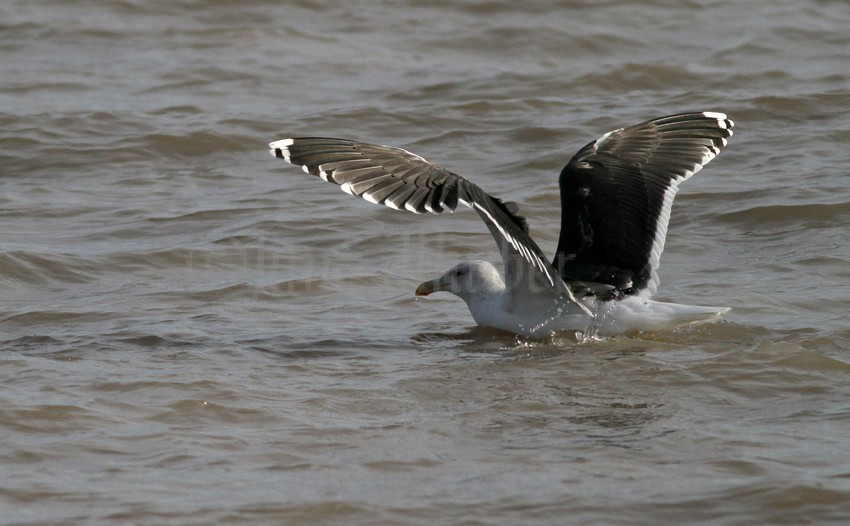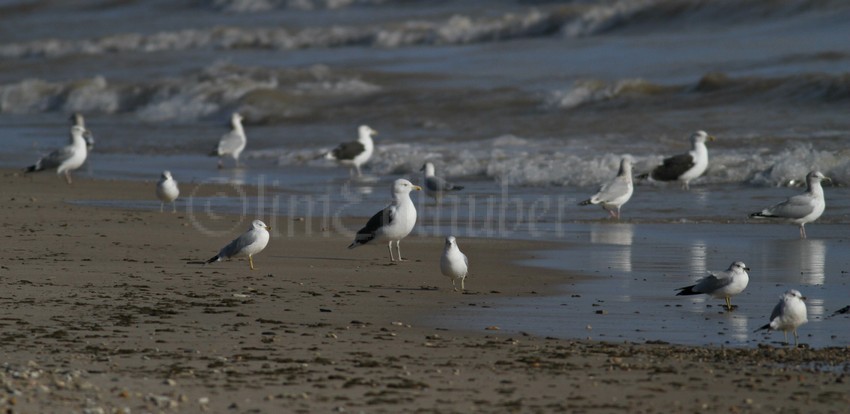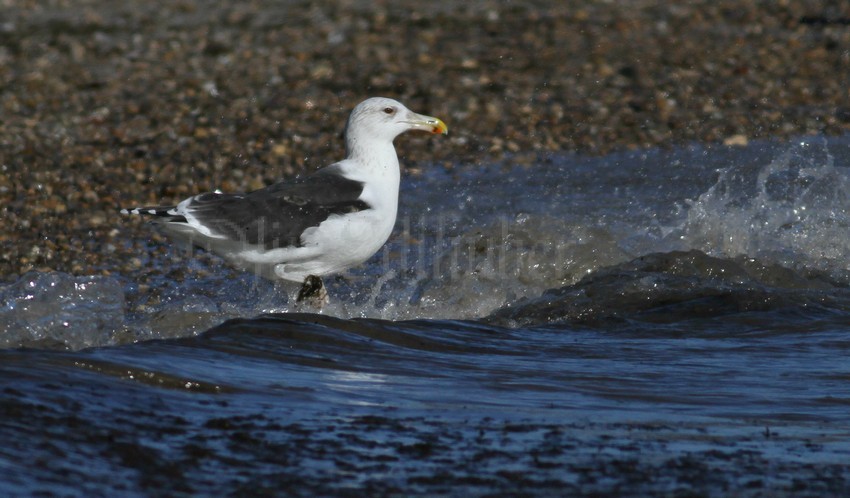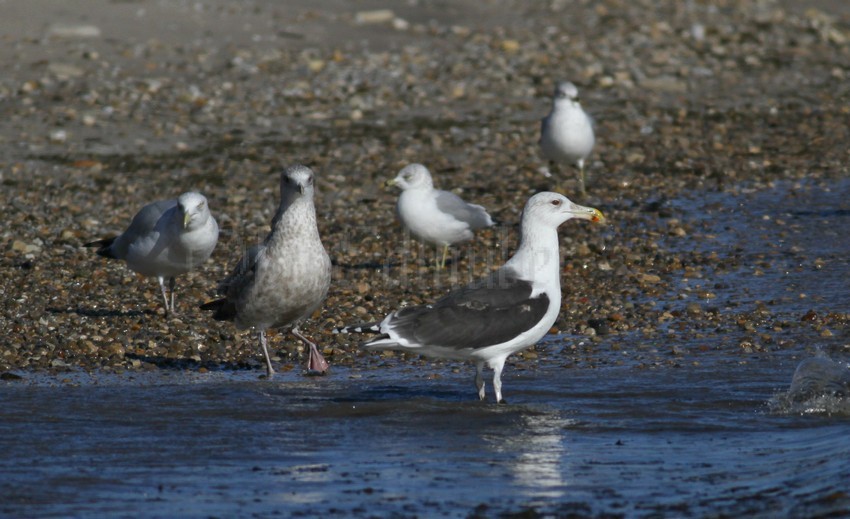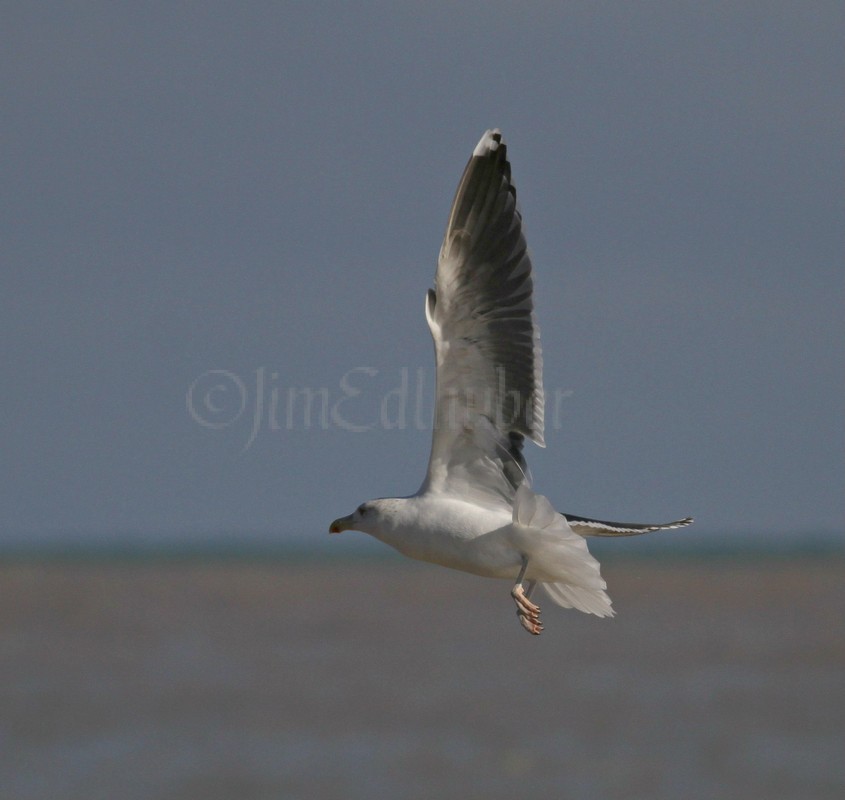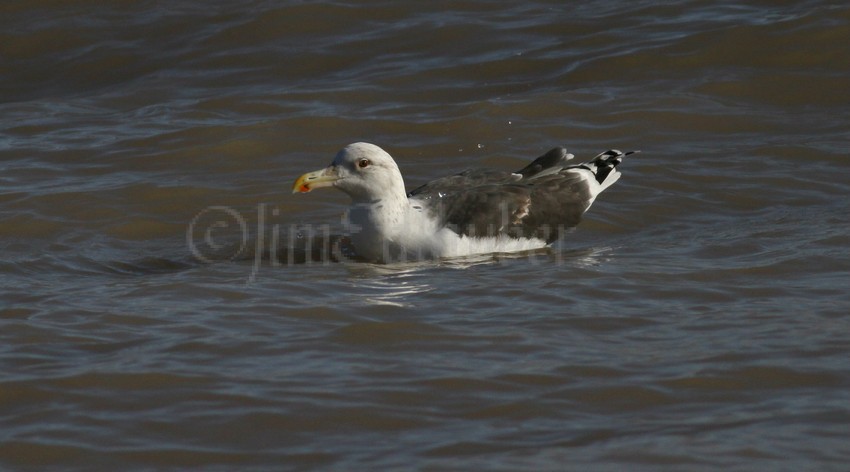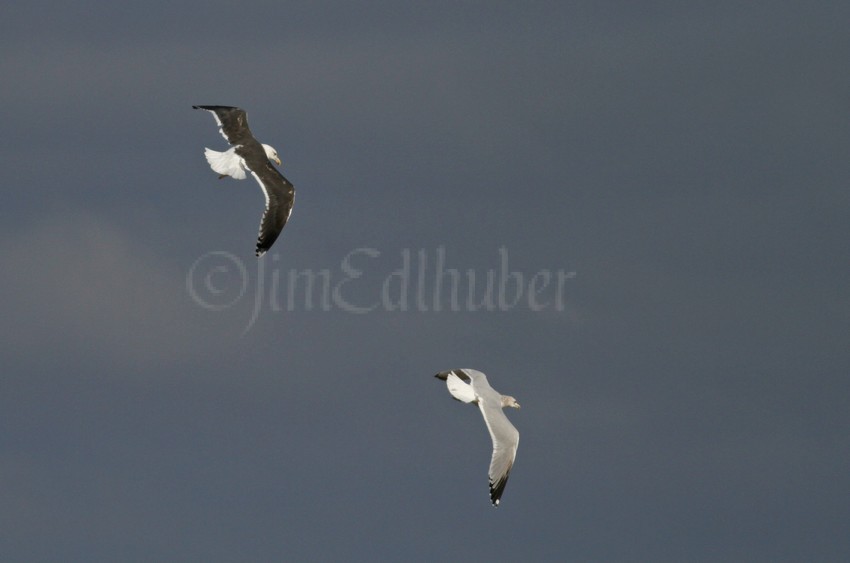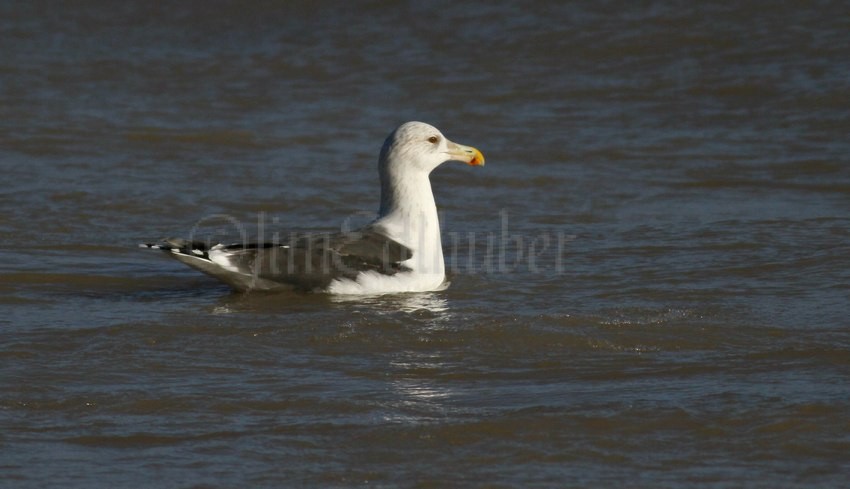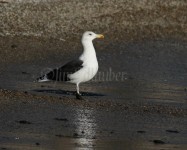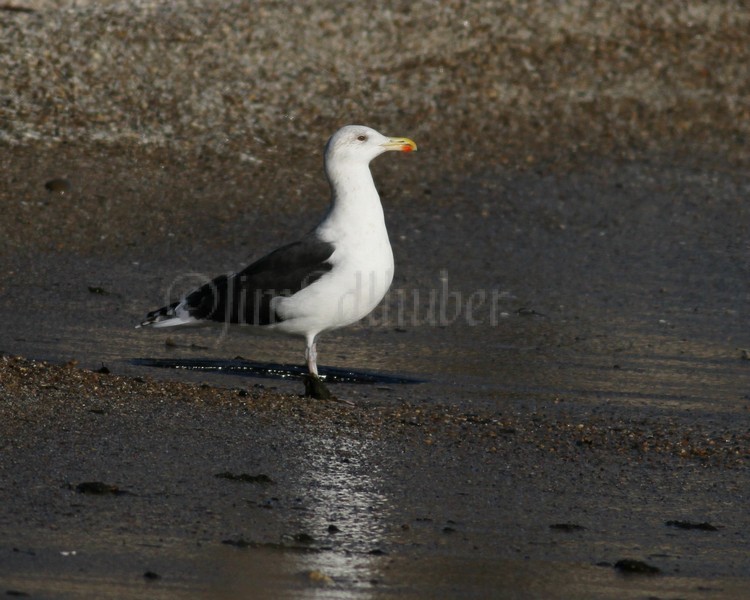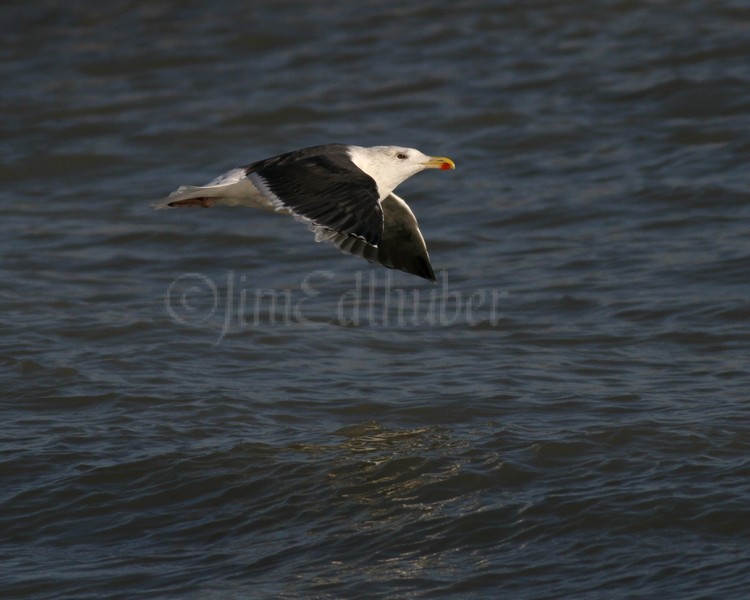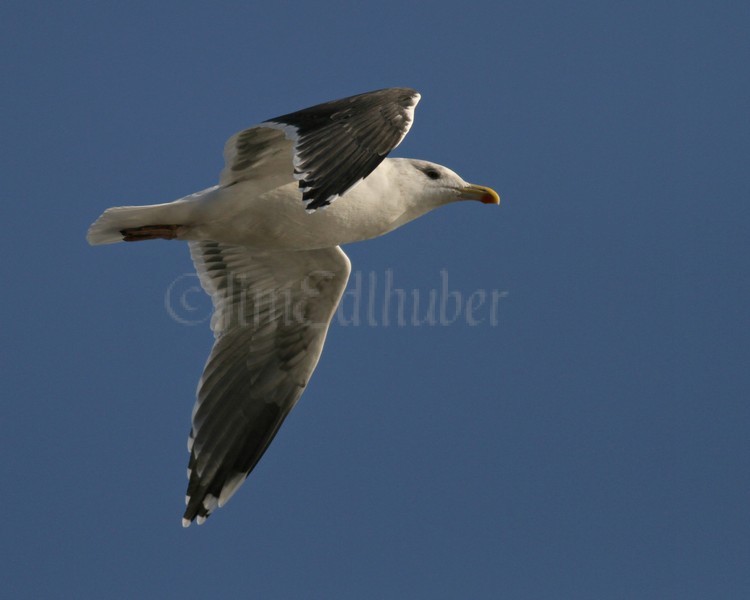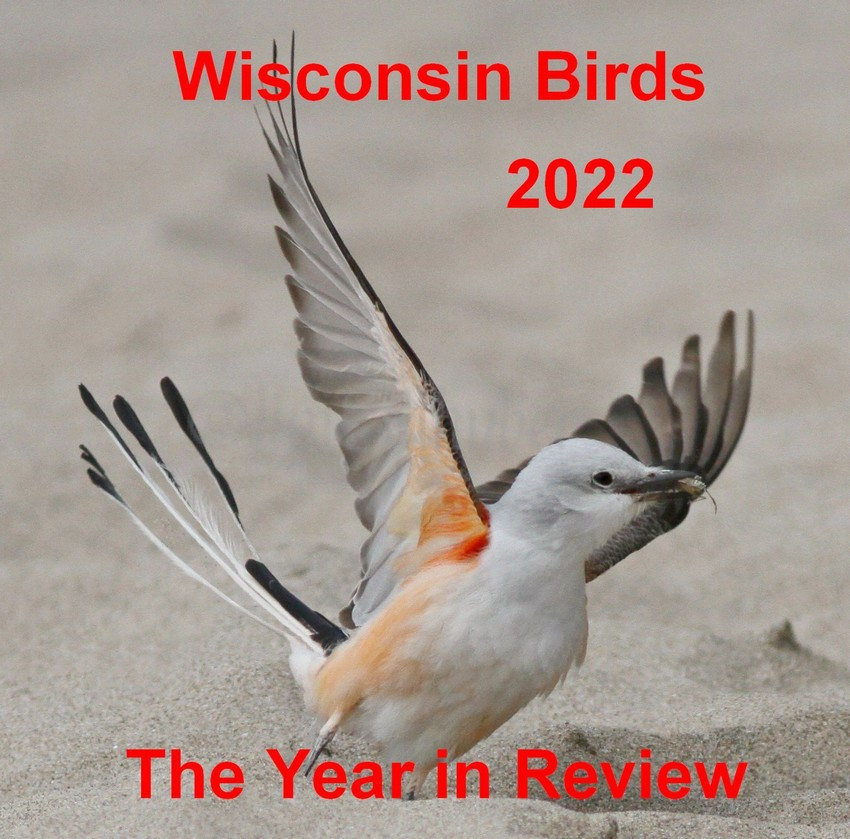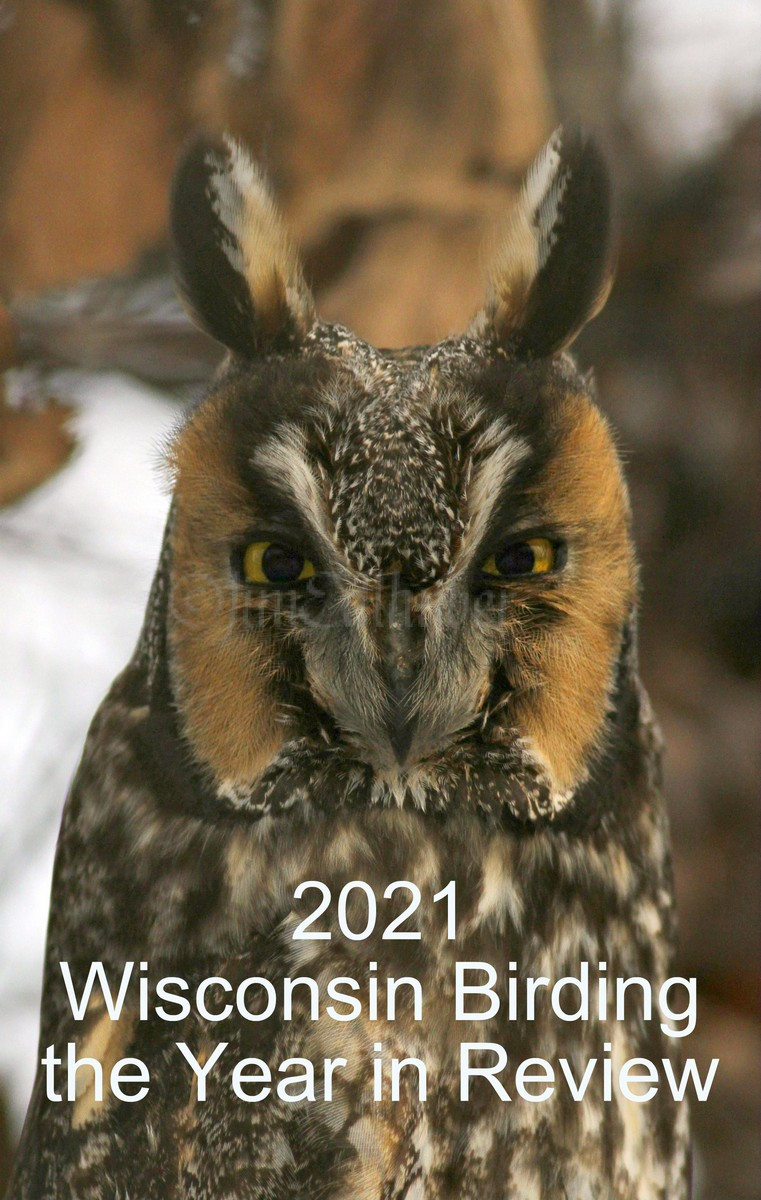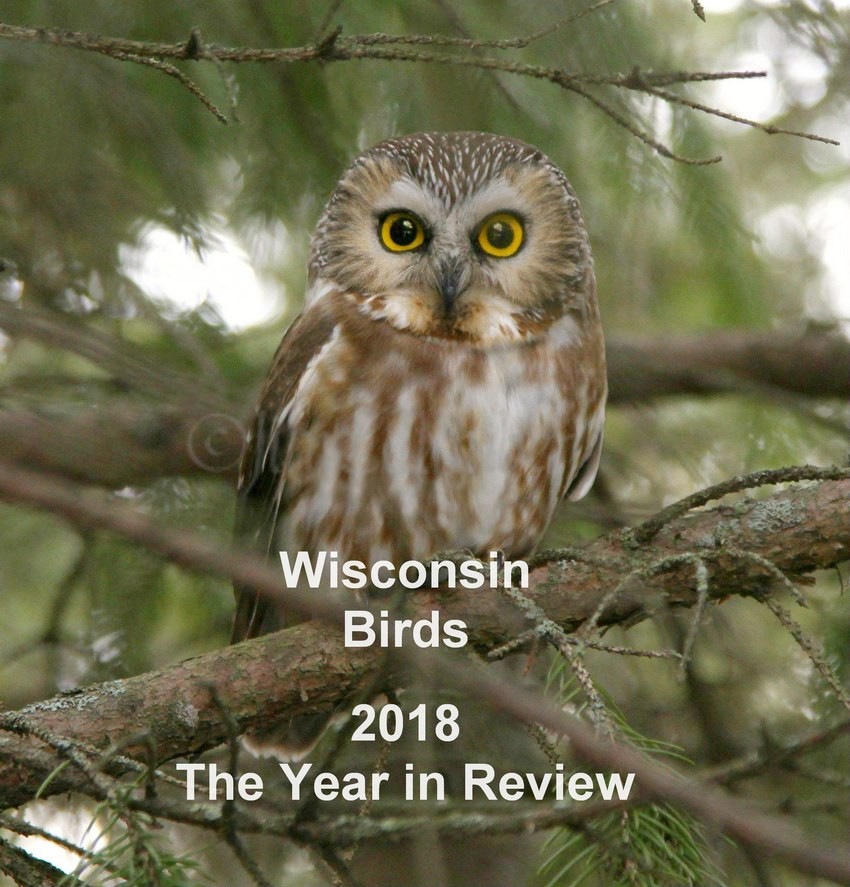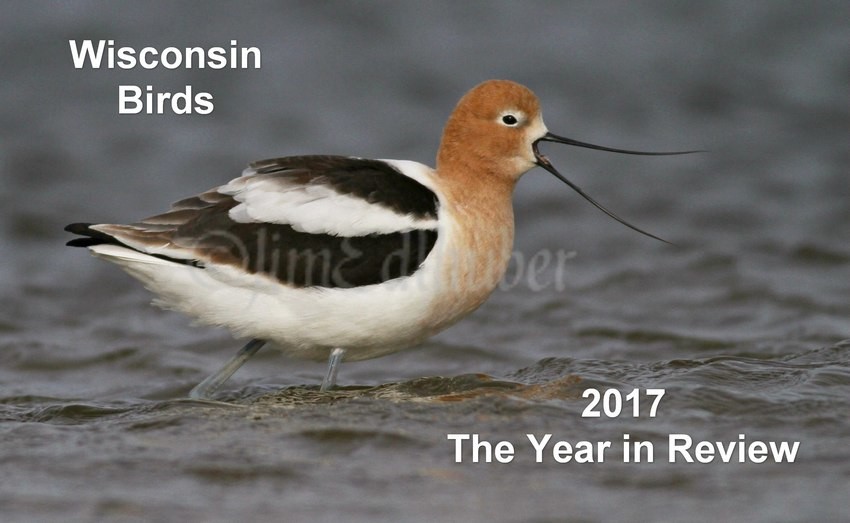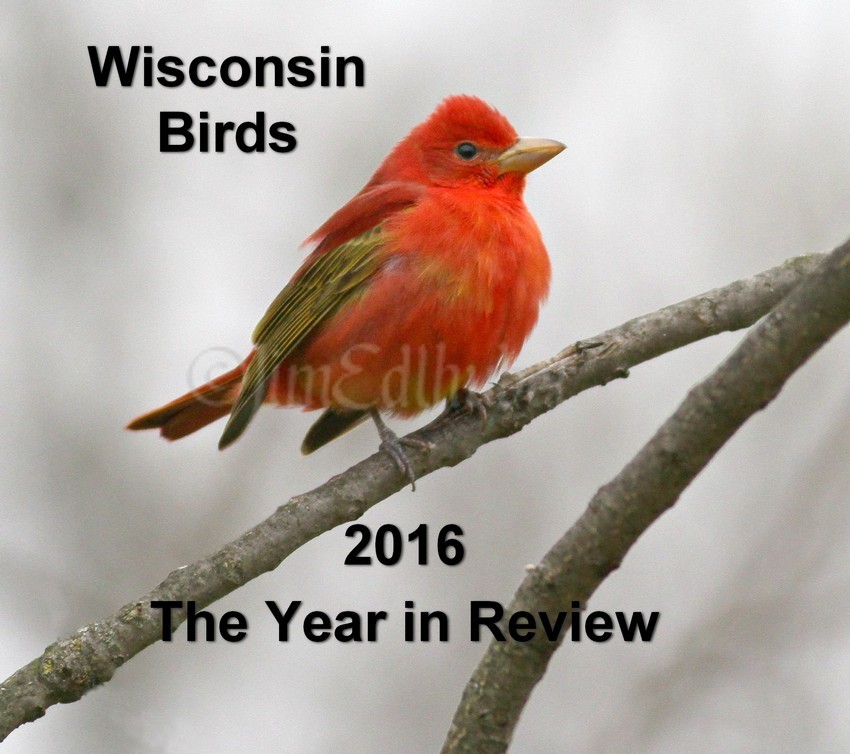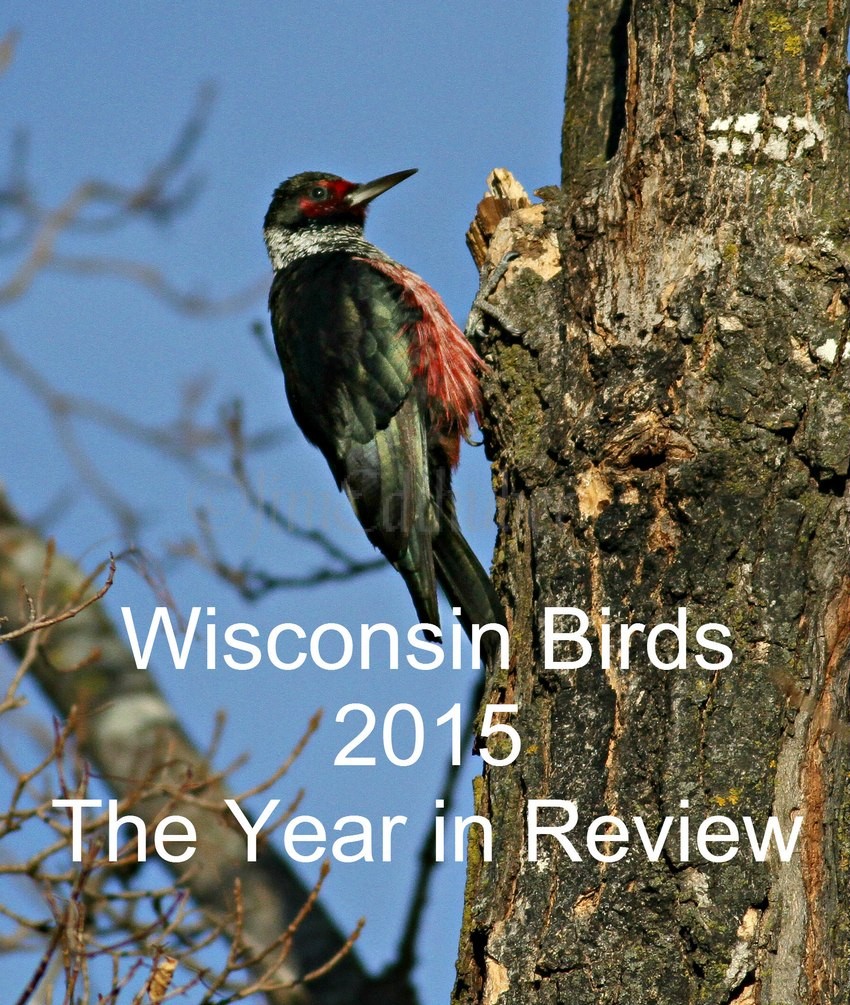
I did some birding on Milwaukee’s lakefront late morning today. The highlight was a 2nd cycle Great Black-backed Gull at Bradford Beach. This bird was born in summer of 2013. Also still hanging around was the beautiful Glaucous Gull that has been in the area since about October 8th. They hung out in the same area on the beach. It was another day of clouds with a little mist thrown in, but a pleasant day with mild temps. There was a little excitement when the Glaucous Gull was defending its territory with a Herring Gull. The Great Black-backed Gull typically breeds in Northeastern Canada and winters along the eastern US coast. Once in awhile a couple are found along the great lakes during migration. If I have some mislabeled please let me know, thank you! Images were taken on October 16-17, 2014.
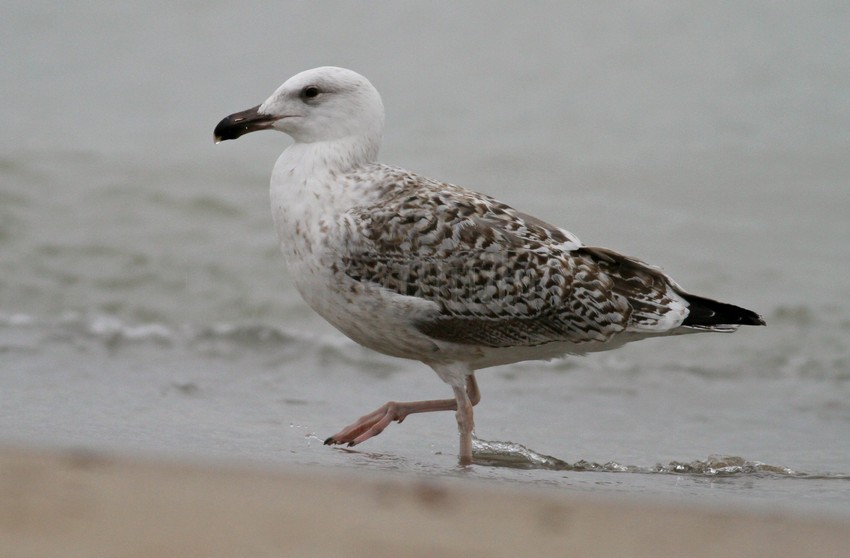
Great Black-backed Gull
Binomial name: Larus marinus
Category: Gulls, Terns, and Skimmers
Description: The largest member of the gull family. White feathers with grayish-black backs and wings. The wings have white wingtips. Pink legs, strong yellow or pinkish-yellow bill.
Size: 25” – 31” long, 4’ 10” – 5’ 7” wingspan
Weight: 1.7 lbs. – 5.1 lbs.
Habitat: Rocky and sandy coastal shorelines, ponds, lakes, and marshes
Diet: 50% or more of their diet is often garbage or human refuse. They also eat fish, insects, crabs, smaller birds, chick eggs, and land animals such as rats.
Nesting: Both parents build several nests on or near stacks of rocks or fallen logs. The female chooses the best one, and it is lined with grass, seaweed, and other vegetation or garbage such as rope and pieces of plastic. The female will lay a clutch of 3 eggs and both parents incubate them for about 28 days. Both parents raise the hatchlings, take turns finding food. The breeding pair will reuse the same nesting site year after year.
Notes: Great Black-backed Gull feathers were used in clothing while feathers were fashionable in the late 1800’s. Once the trend ended, populations began to increase. This trend continues with the increase in refuse sites across North America and Europe.


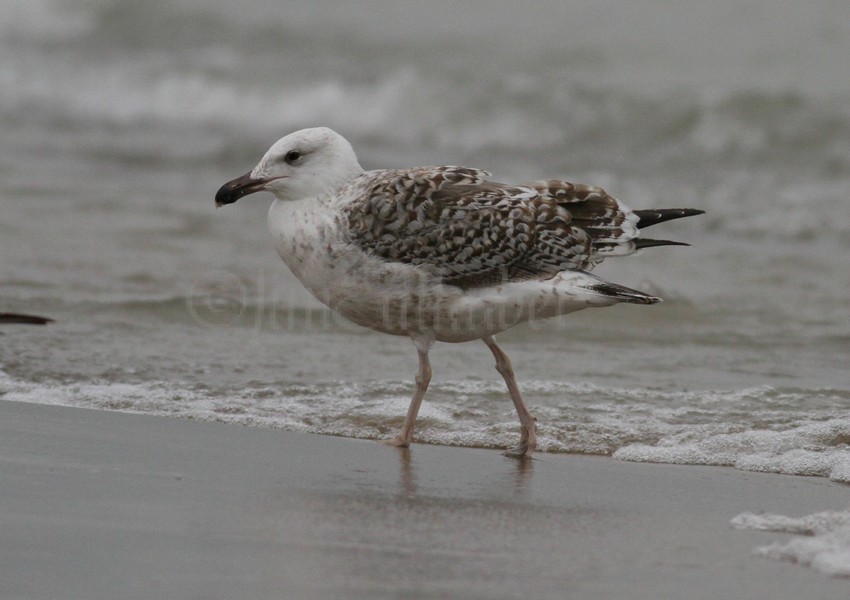

Preening

Preening

Preening
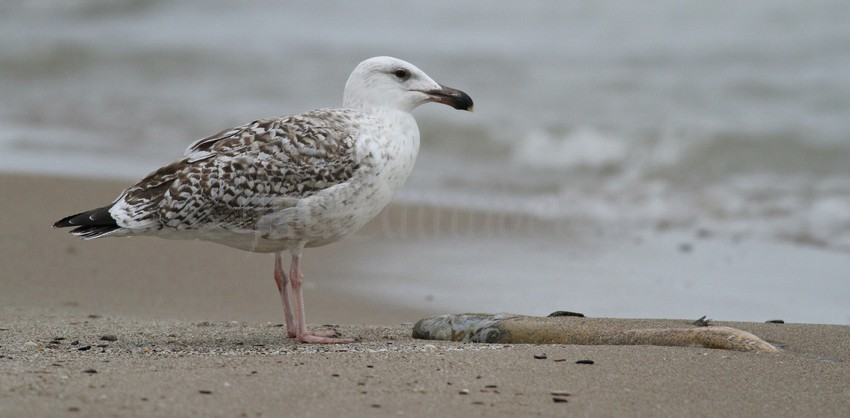
With fish

With fish

With fish
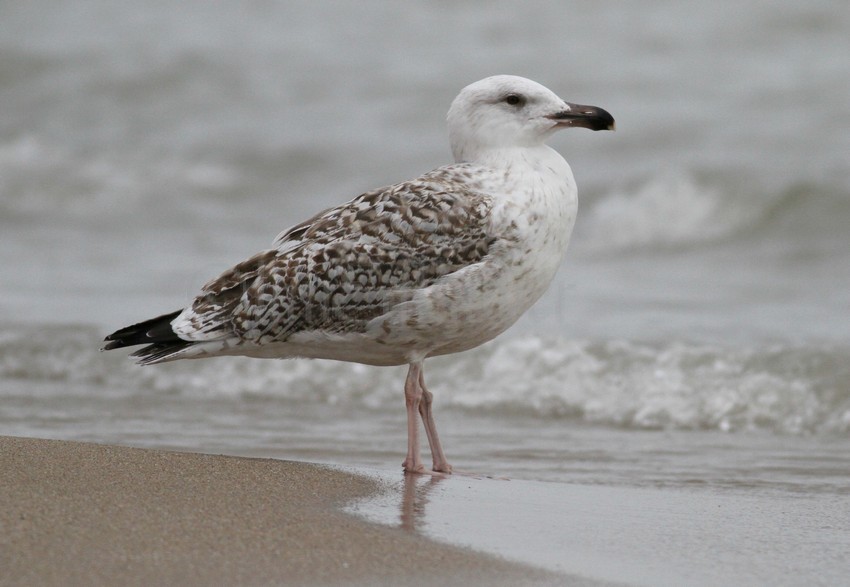
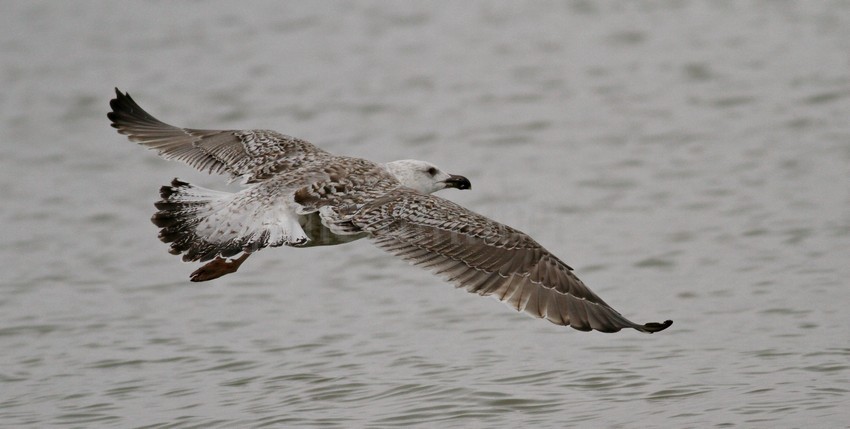

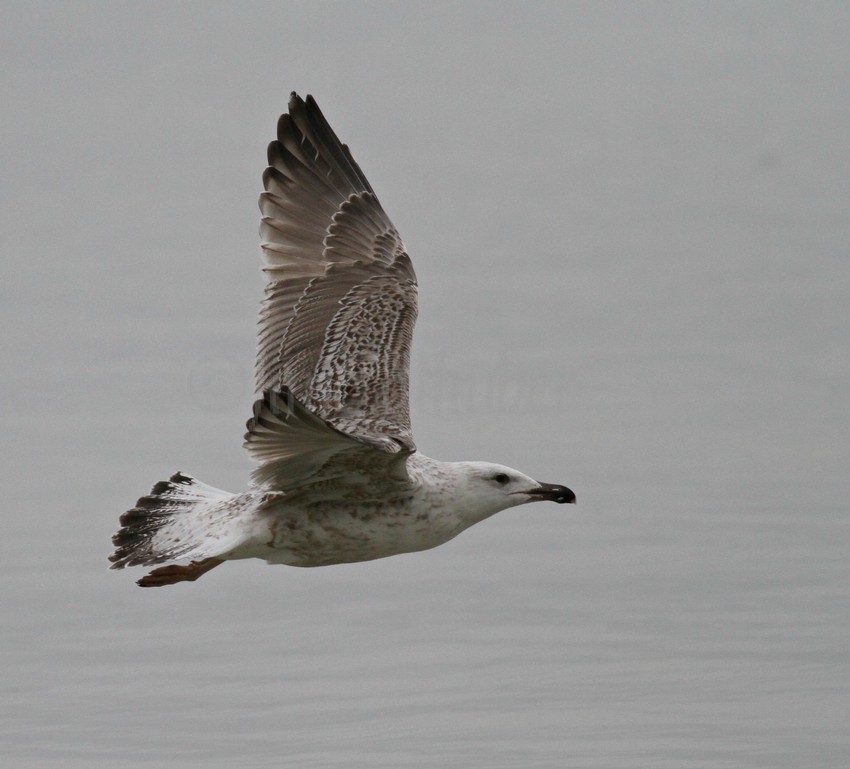
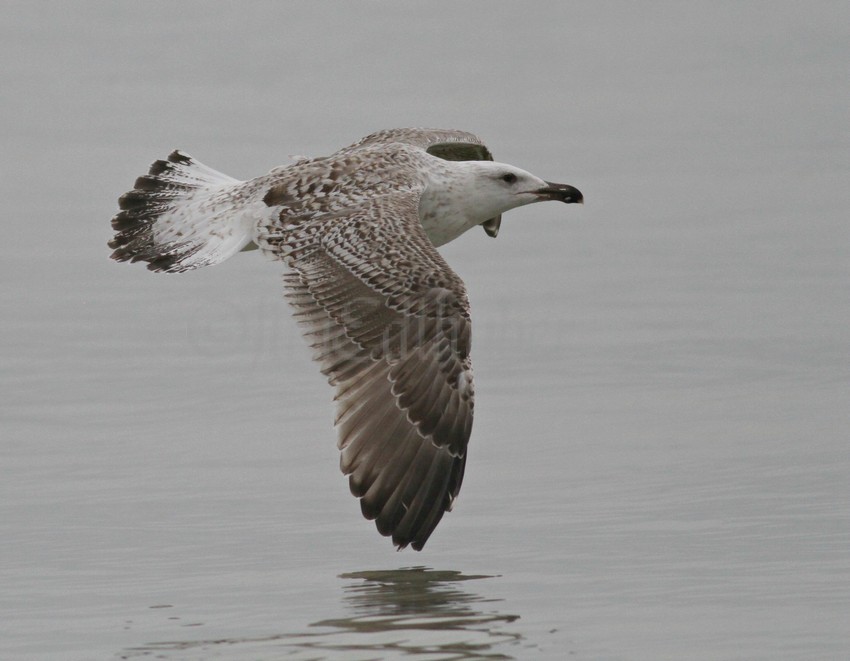

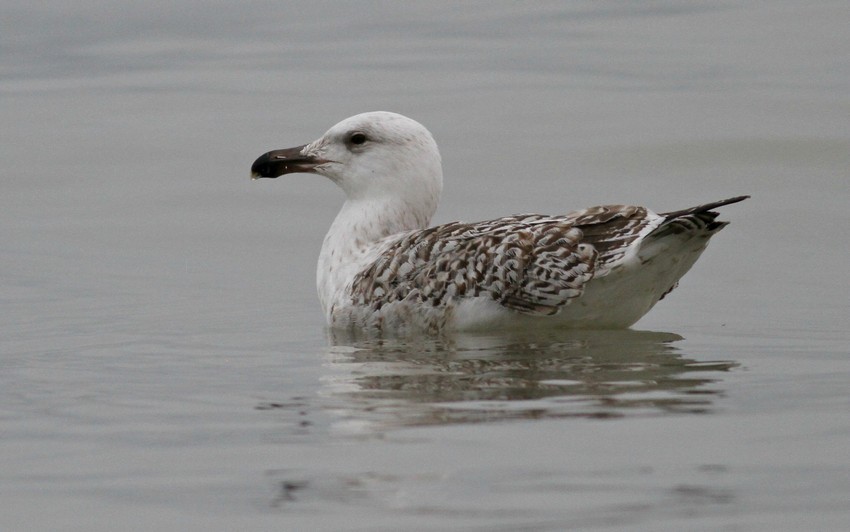

Great Black-backed Gull, back – Herring Gull, front
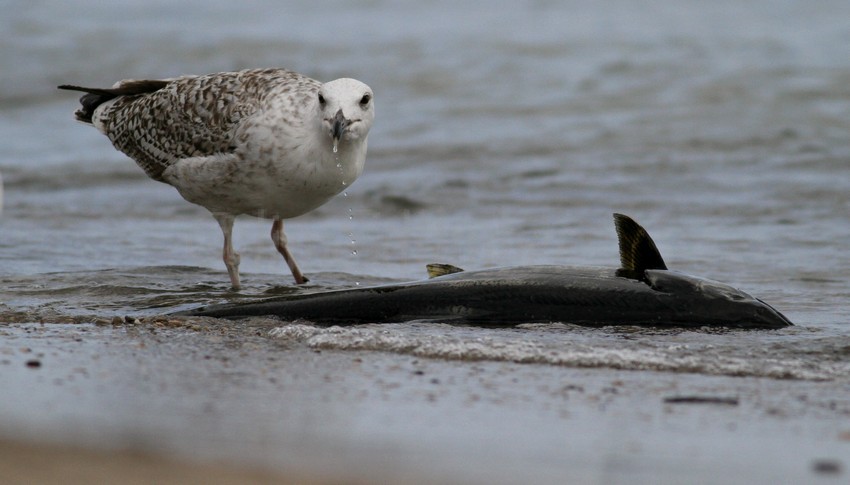
October 17, 2014
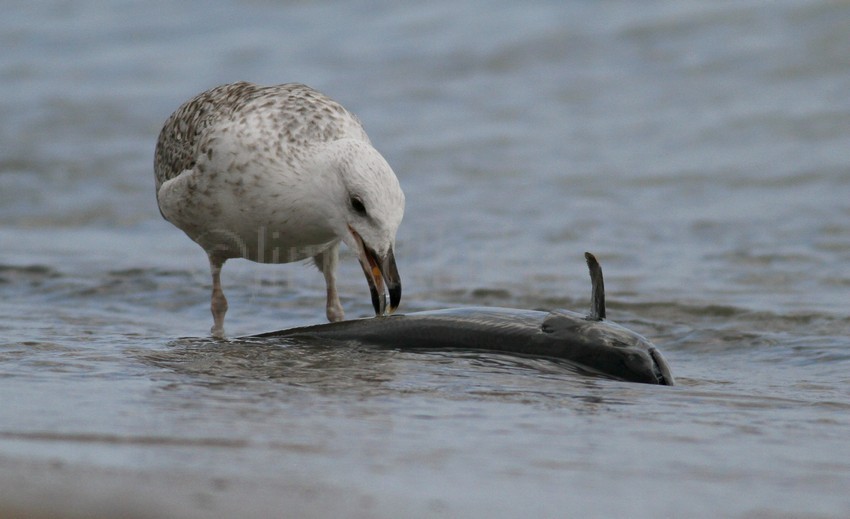
October 17, 2014
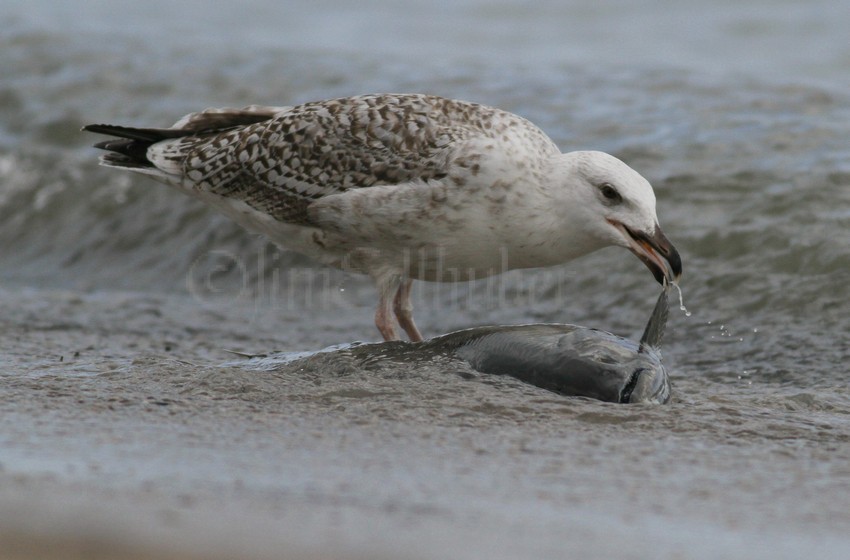
October 17, 2014
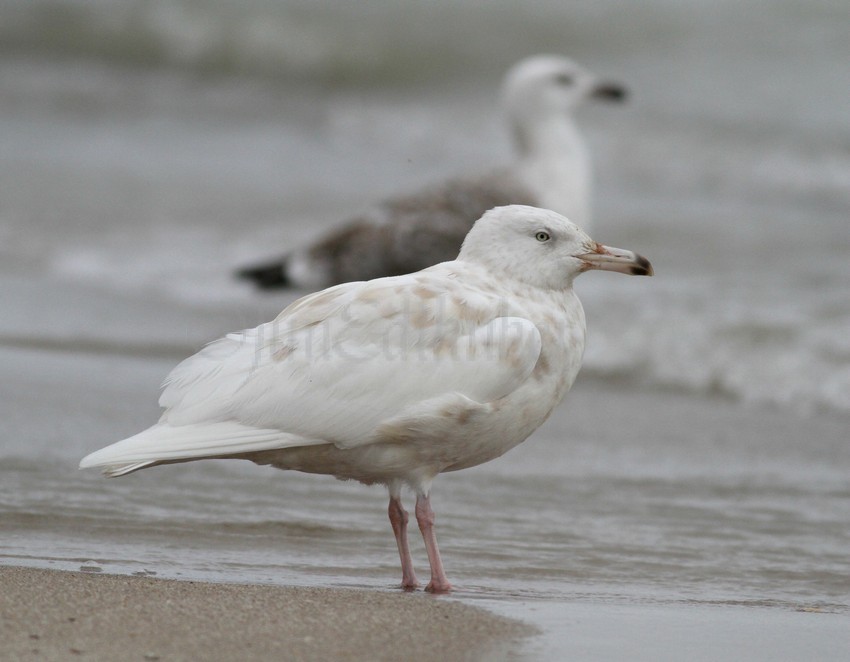
Great Black-backed Gull, back – Glaucous Gull, front
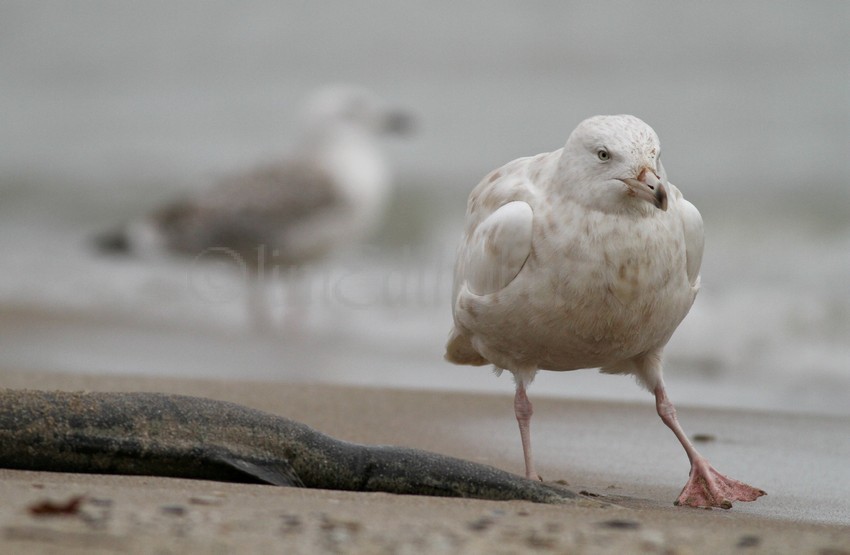
Great Black-backed Gull, back – Glaucous Gull, front

Glaucous Gull defending its territory!
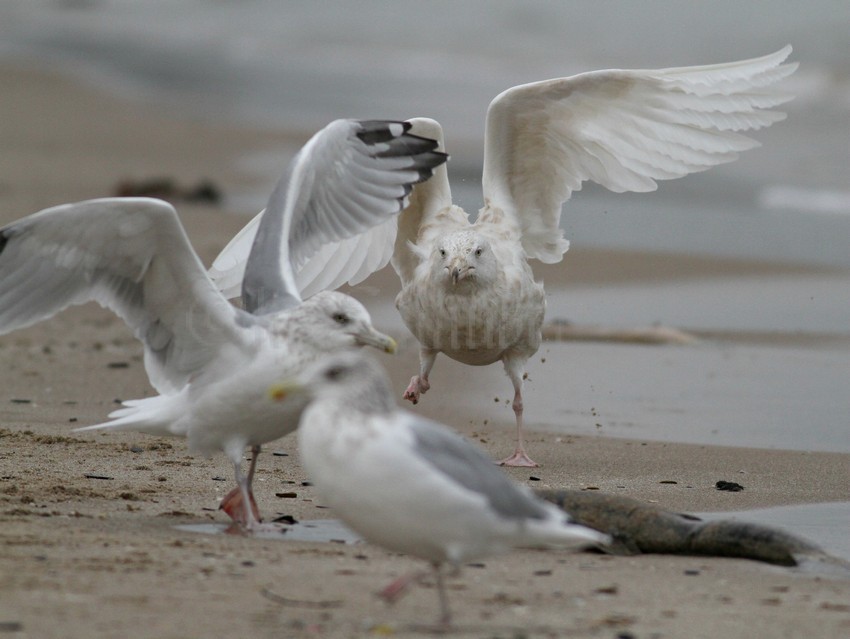
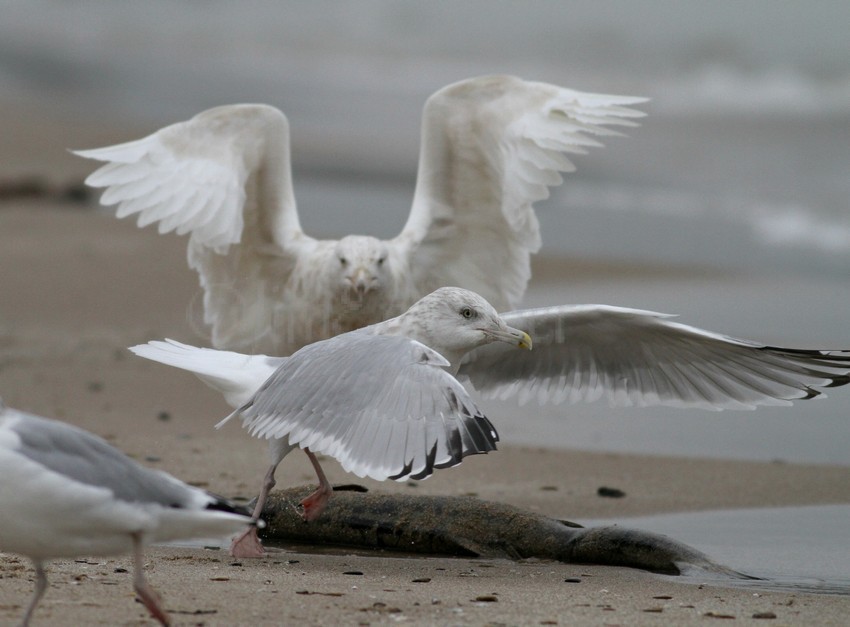
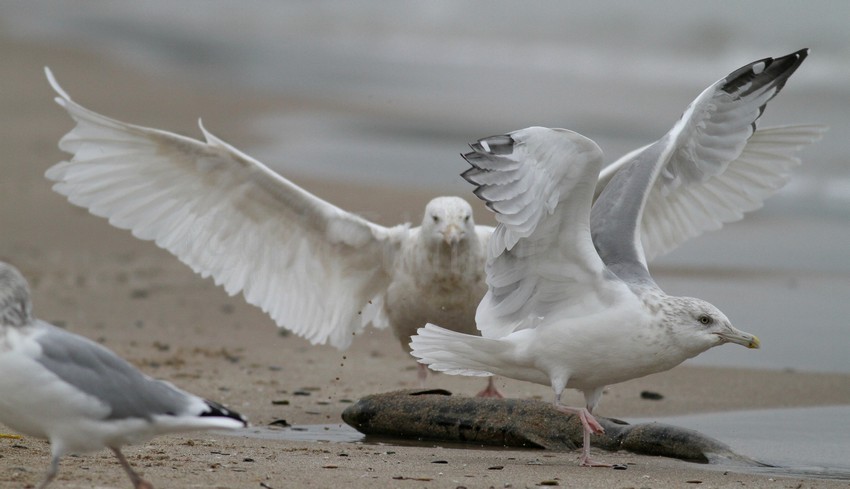



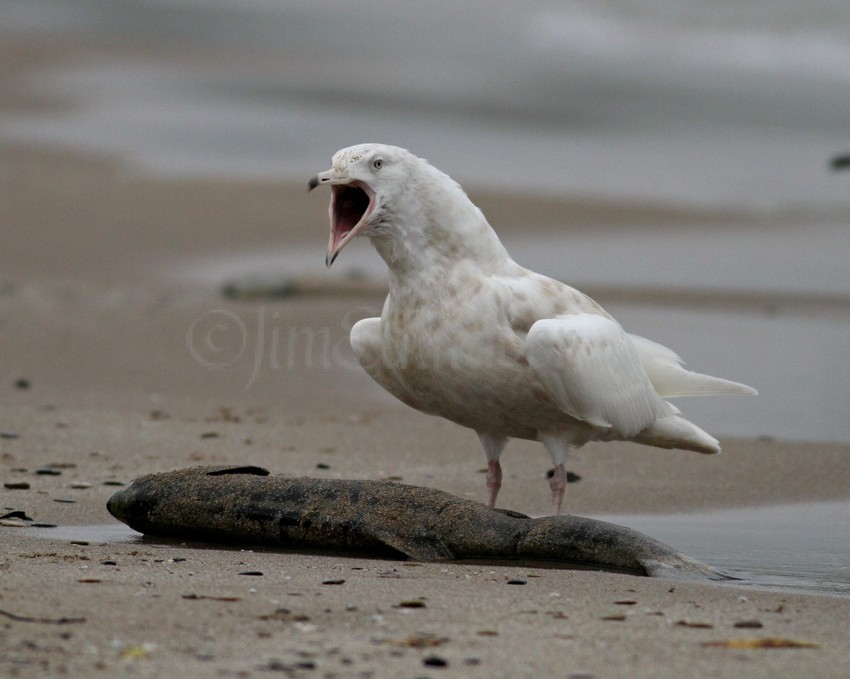
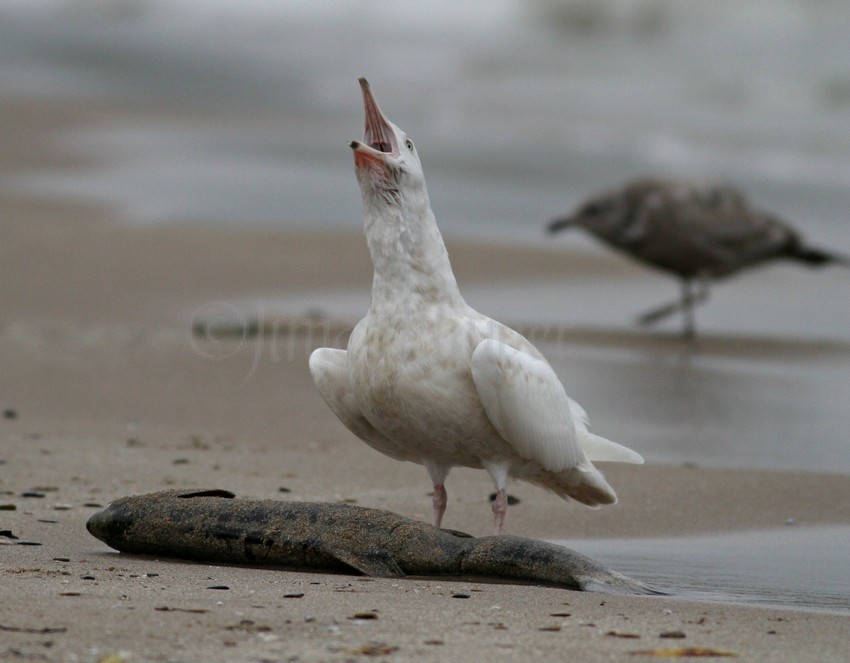


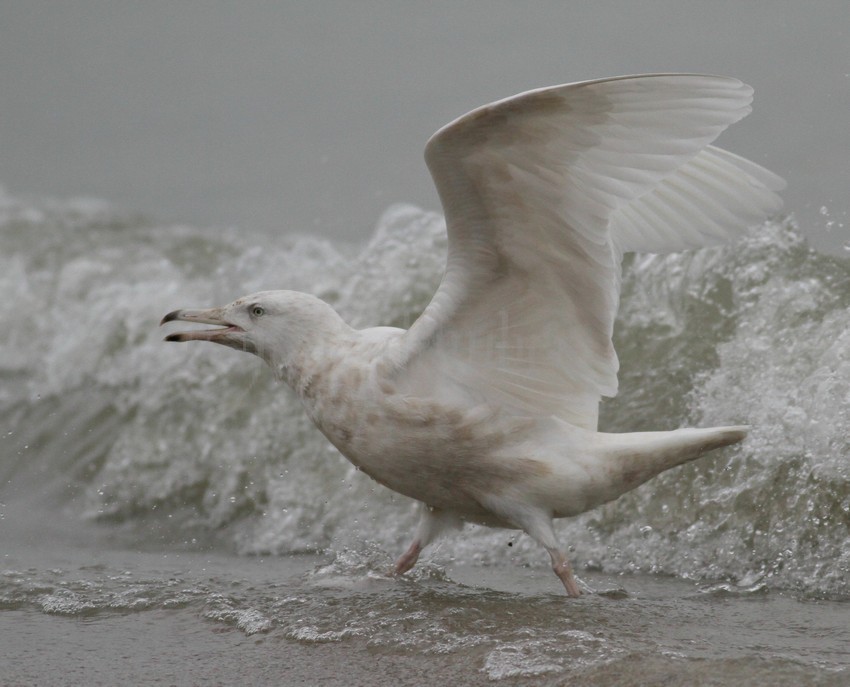
Glaucous Gull
Images of an adult Great Black-backed Gull taken at Wind Point in Racine on November 30, 2013 at this link if you care to view them:
http://www.windowtowildlife.com/great-black-backed-gull/
